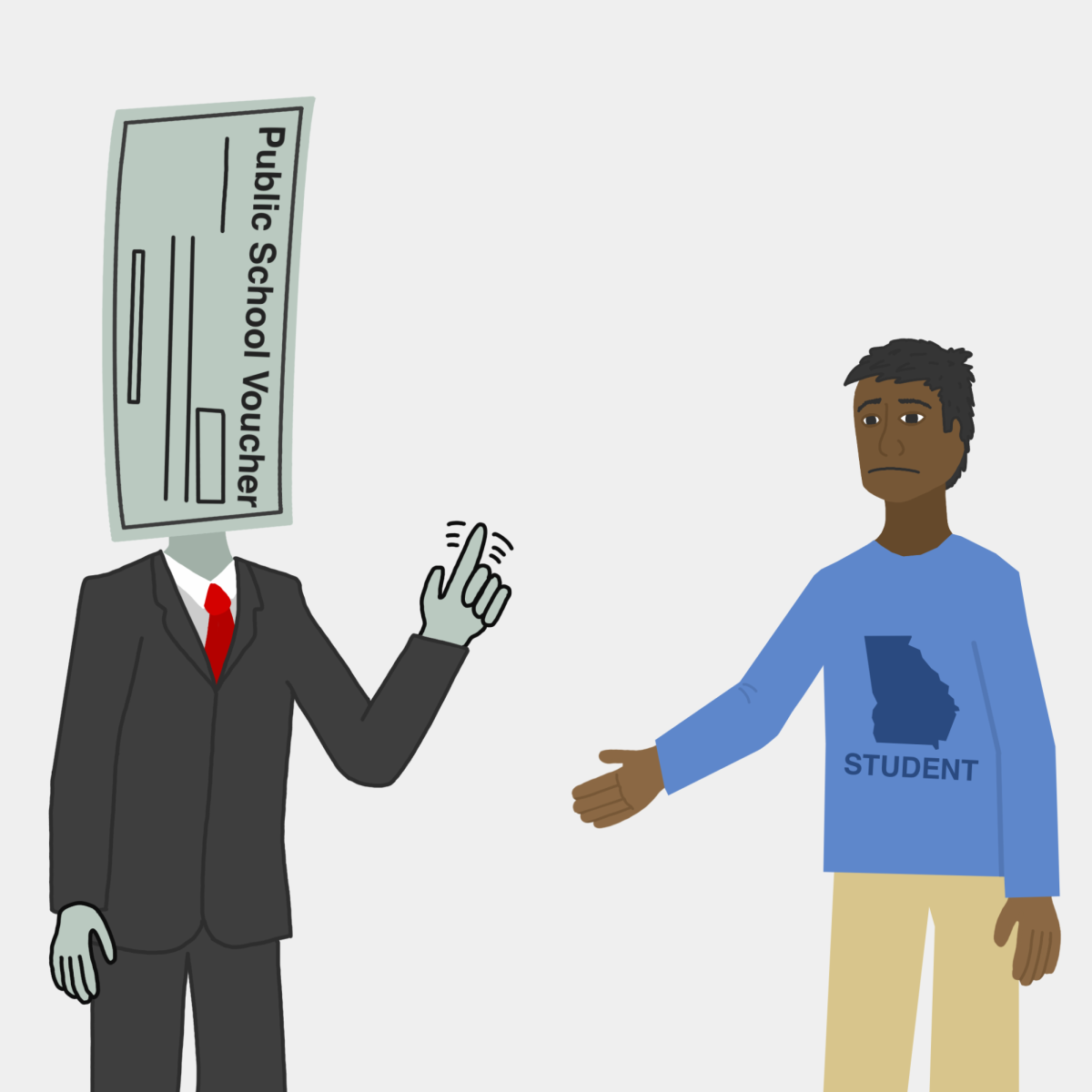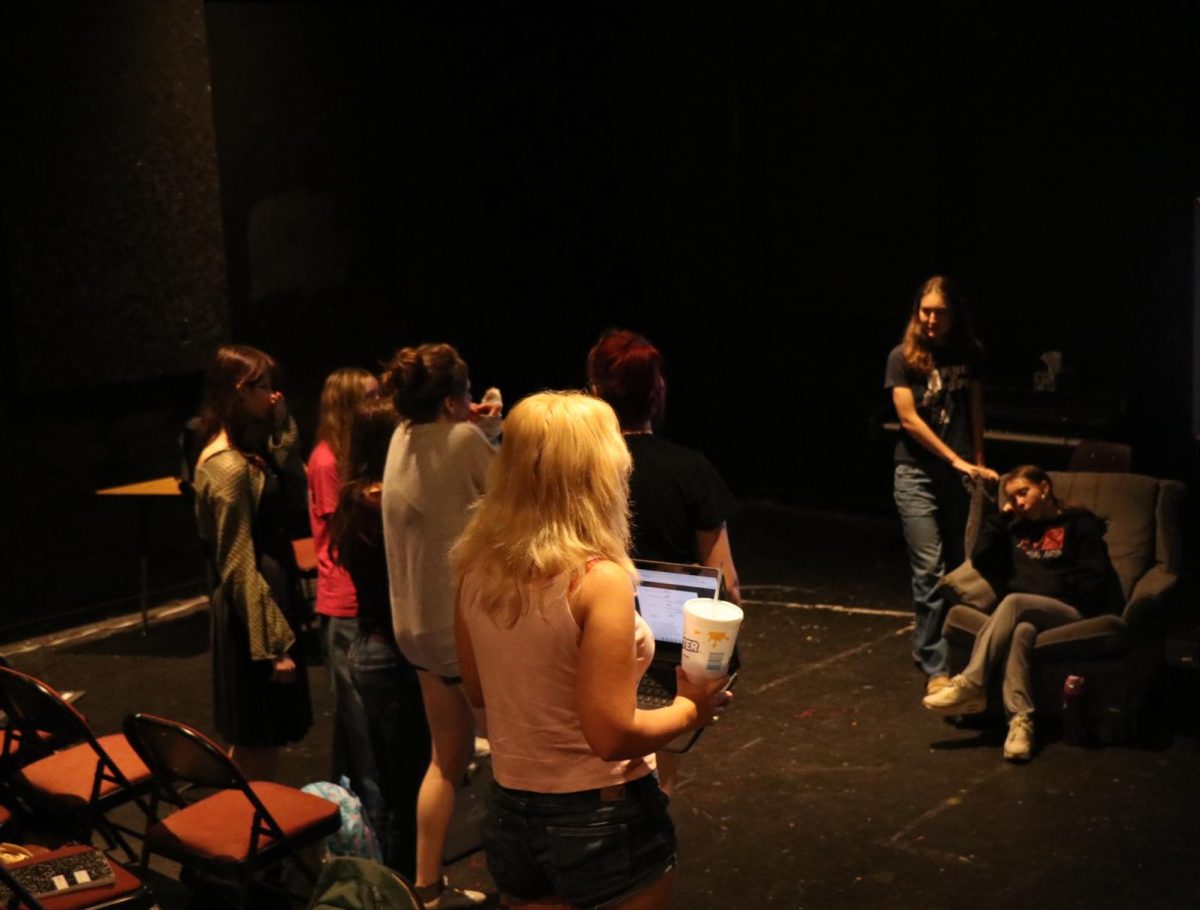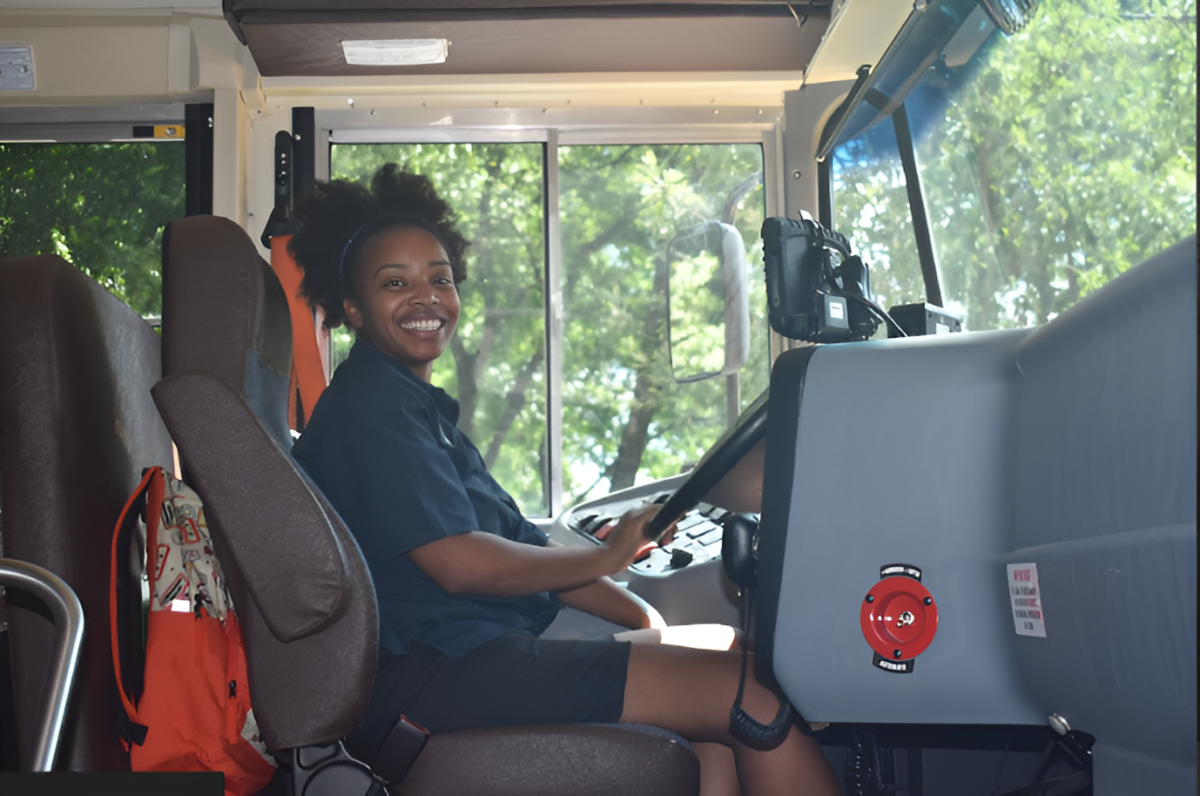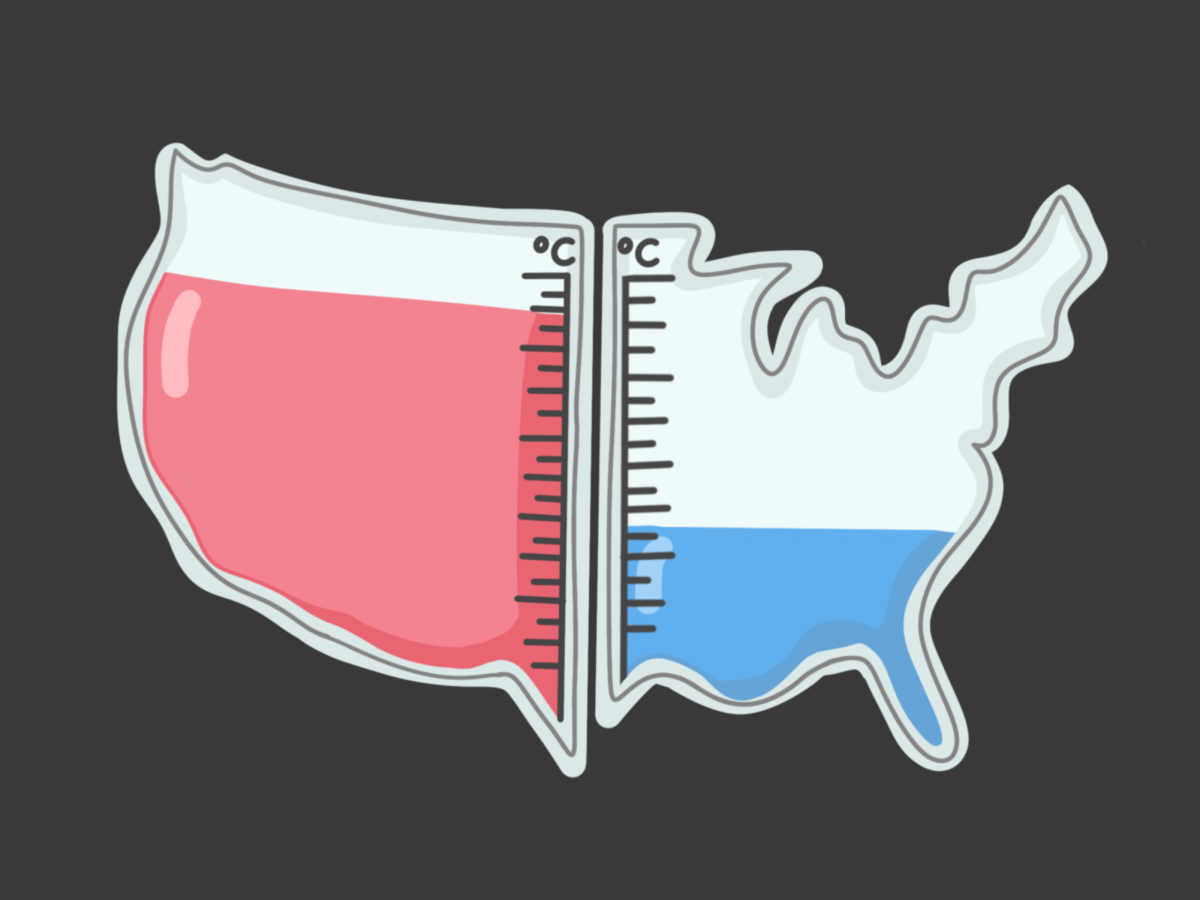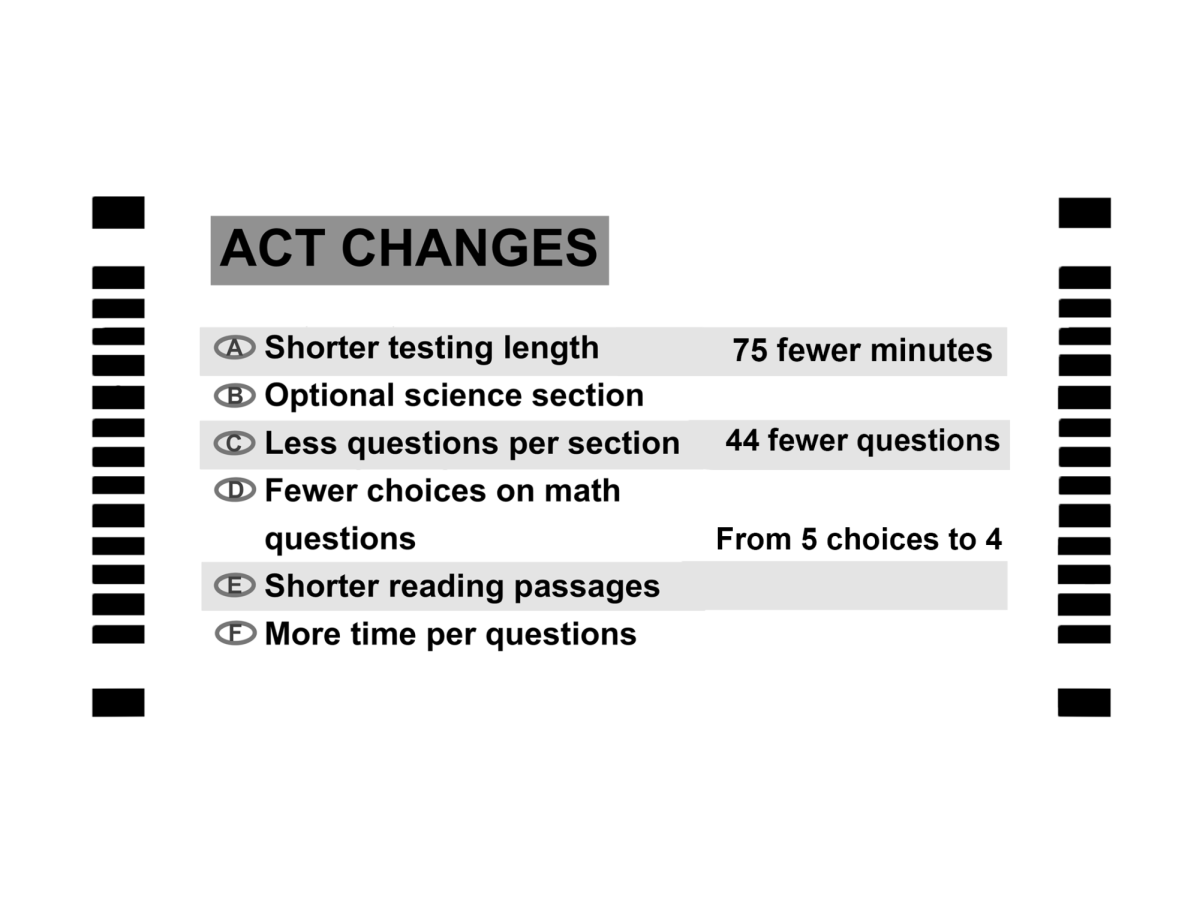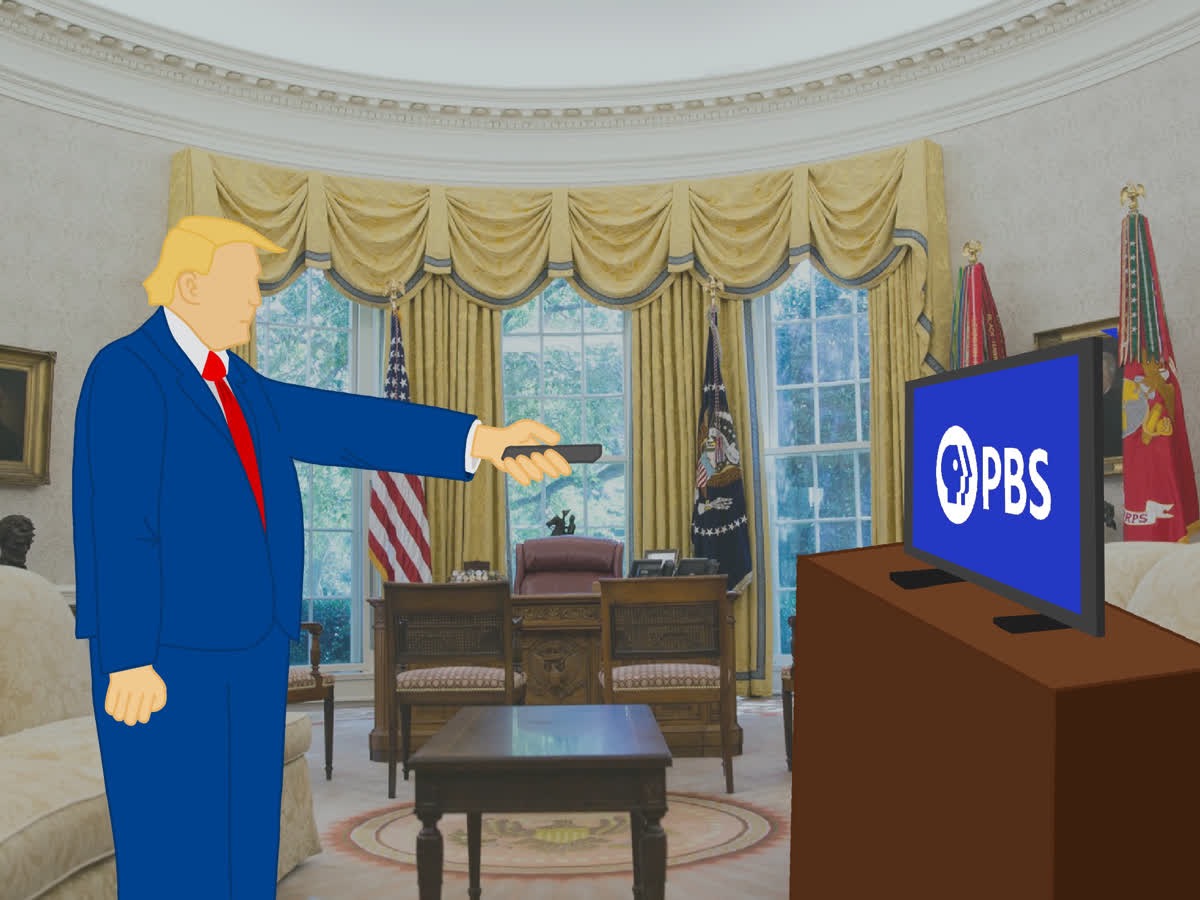Those who have not kept up with the state of public education in the U.S. would be surprised to see that a worrisome two-thirds of public schools have lost nearly 3% enrollment in the past five years. As a result, recent conversations have suggested that federal and state-level school vouchers – an initiative that provides families with government money to use for spending on their children’s education – would be a blanket solution to the issues afflicting public schools. However, this solution greatly harms the average American student and their family, because it undermines the very public schools that millions rely on as their only affordable and accessible option for education.
Over the past decade, a problematic storm of challenges have strained the foundation of the U.S. public education system. Due to consistent declines in U.S. birth rates year over year since 2007, compounded with a considerable rise in homeschooling, many American families and policymakers have turned to school vouchers, which directly accelerate the decline of public school systems by drawing funds, students and community involvement away.
Public school funding is closely linked to student headcounts, calculated through mechanisms such as the Quality Basic Education Formula. When public schools’ enrollment drops – due to students lost to alternative options – their funding does too, forcing schools to cut back on enrichment programs, extracurricular activities and their most essential programs like special education for those with advanced needs. These programs are the backbone for students with disabilities, English learners, or low-income families. This creates a vicious cycle of decreasing funds, where reduced offerings push families away, eroding school resources and enrollment in the future.
School vouchers are federal and state funds provided to families meeting specific criteria to be used for tuition and fees at private schools, tutoring services and more, which thus continues to fuel the enrollment drop in America’s public schools. Florida operates the nation’s largest school voucher program, known as a universal education savings account, and over 400,000 Florida children now use public dollars to pay for some form of private schooling. Furthermore, the federal government is on track to launch its own voucher-style system in 2027, though it is important to note that the details of this plan are still up in the air. Georgia’s new Promise Scholarship, which is in place with the 2025-26 school year, offers an amount of $6,500 per student, limited to only those in the bottom 25% of schools in terms of performance. On paper, vouchers sound like a beneficial opportunity, but the reality is far less equitable.
For many families, a voucher covers only a fraction of private school tuition, leaving the rest to be paid out of pocket. Sometimes, the costs can be subsidized by scholarships from private schools to those who demonstrate exceptional merit or need, but this is an extremely rare occurrence. This means that private schools are still unattainable for lower-income families who the vouchers aim to help most, while those who can actually take advantage of the vouchers are the middle or upper-income households who can already afford private education. Low-income urban families are left behind as they are unable to bridge the financial gap with a private school, but are instead left with a public school that is rapidly losing its funds. Not only that, but rural students who do belong to the bottom 25% of public schools often have no private schools nearby at all. The result is a system where public money, taken from the budgets of public schools, subsidizes private education for those who already have a wider range of options for education, while leaving behind the students who actually need the assistance.
Vouchers can often deepen socioeconomic inequalities by concentrating disadvantaged students in underfunded public schools while those who are able to afford private school leave these districts altogether. Interestingly enough, the academic benefit of vouchers is unclear; some studies show minimal gains, while others suggest no improvement at all in those who transition from public to private schools. What is certain though, is that removing resources and funding from public schools clearly limits their ability to serve students who need the most support. Strengthening public schools directly improves outcomes for these very students, while vouchers only deepen existing divides.
Advocates for vouchers argue that competition with private schools will push public schools to improve, but this is an idealistic view that overlooks the current realities of the public school system. In practice, public schools that lose funding cannot compete with wealthier, better-resourced private schools. In fact, many “low-performing schools” are often defined by the economic challenges of their communities, not inherent flaws or shortcomings. Without addressing inequality, shifting public funds to private options only widens the gap between rich and poor schools across the entire nation. Public schools do not need competition; they need investment, support and reforms that empower them to uplift entire communities. Instead of draining resources, politicians should focus on solutions which strengthen the public education system, like educational reforms and investment.
Vouchers are billed as a way to expand opportunities, but in reality they provide an illusion of benefit for the majority of American families seeking to better their child’s education. They drain public school budgets, abandon the most vulnerable students and fail to deliver any academic improvements. Revitalizing public schools ensures that every child has access to quality education, a goal that no voucher system can realistically achieve. If we truly want to improve education, our efforts should be in strengthening public schools, not dismantling them piece by piece.

